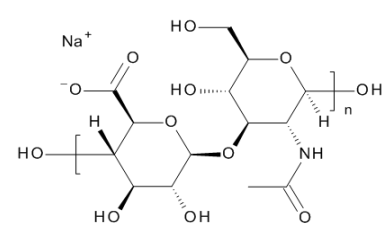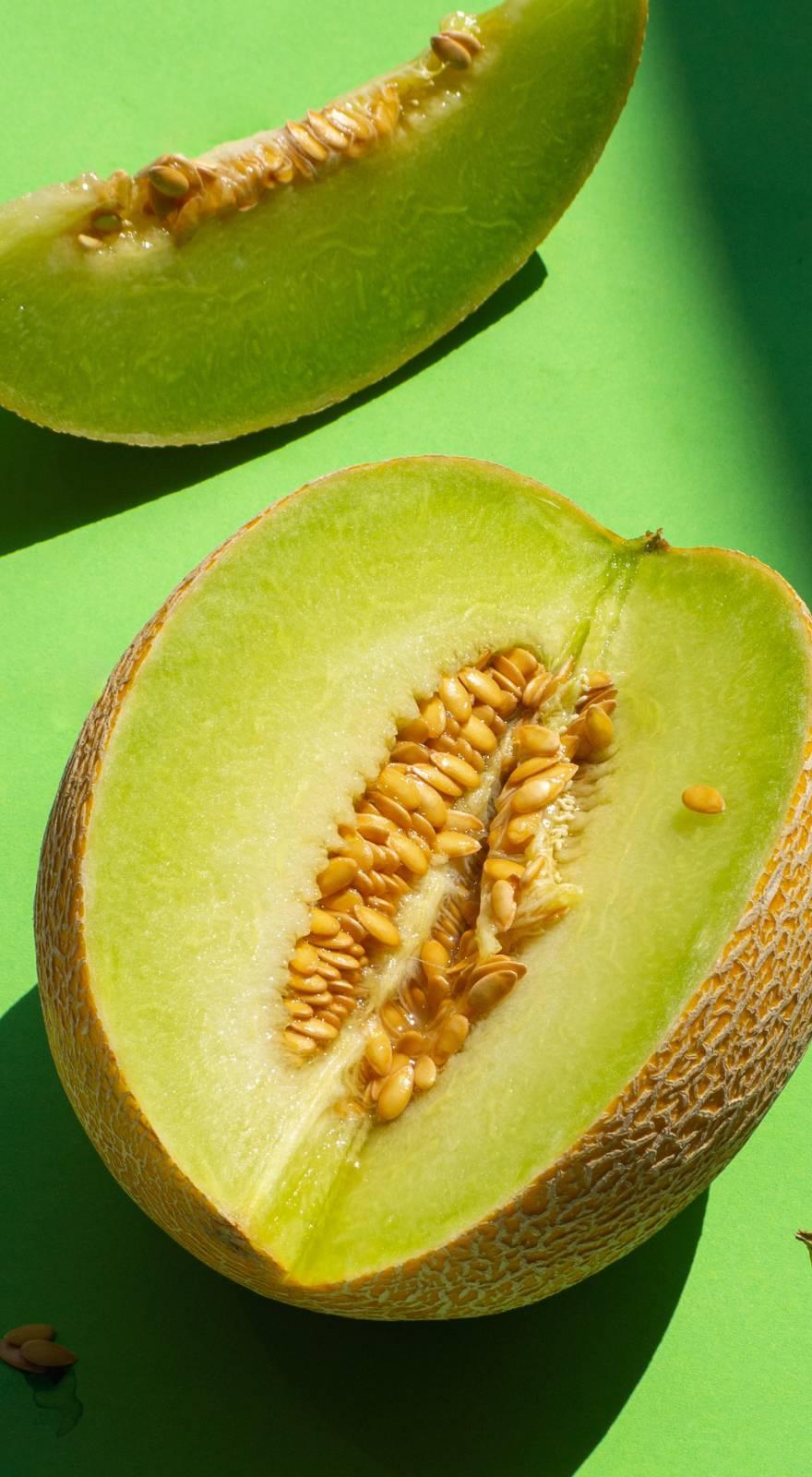Knowde Enhanced TDS
Identification & Functionality
- Ingredient Name
- Food Ingredients Functions
- Pharma & Nutraceuticals Functions
- Molecular formula
- (C₁₄H₂₂NNaO₁₁)n
- Ingredients
- Sodium Hyaluronate
- Product Families
- Chemical Structure

Features & Benefits
- Food Ingredients Features
- Features
- Non GMO product
- Not Irradiated product
- Gluten Free product
- Functions
- Restore skin moisture, and improve skin health conditions
- Antioxidation
- Improve joint health
- Improve bowel function and protect the gastric mucosa
Applications & Uses
- Markets
- Applications
- Food & Nutrition Applications
- Applications
Common Foods:
- Foods
- Beverages
- Cookies
- Candy
- Ice cream
Healh Food:
- Usually in combination with Collagen, Vitamins, Chondroitin Sulfate, or Glucosamine to make tablets, capsules, or oral liquids these popular forms
- Uses
- Edible hyaluronic acid has some unique properties and functions, such as water retention, lubrication, viscosity, and good biocompatibility, so HA is widely applied to cosmetics, health food, Beauty filing operation, pharmaceutics, etc.
- The higher the molecular weight and concentration are, the slower the dissolution velocity will be.
Properties
- Physical Form
- Appearance
- White or Almost White Powder
- Typical Properties
- Specifications
| Value | Units | Test Method / Conditions | |
| Molecular Weight | min. 1800 | K Da | - |
| Particle Size (40 mesh sieve) | Pass | - | - |
| Value | Units | Test Method / Conditions | |
| Sodium Hyaluronate | 98.92 | % | - |
| Glucuronic Acid | 47.85 | % | - |
| pH(0.1% Solution) | 6.5 | - | - |
| Loss on Drying | 5.0 | % | - |
| Ash Content | 12.2 | % | - |
| Heavy Metals | max. 20 | ppm | - |
| Arsenic | max. 2 | ppm | - |
| Escherichia Coli | Negative | - | - |
| Salmonella | Negative | - | - |
| Bacterial Count | max. 100 | cfu/g | |
| Yeast & Mold | max. 100 | cfu/g |
Regulatory & Compliance
Packaging & Availability
- Available Packaging
- 1kg per aluminum foil bag
Storage & Handling
- Shelf Life
- 24 Months
- Storage Condition
Store in a cool and dry location.

